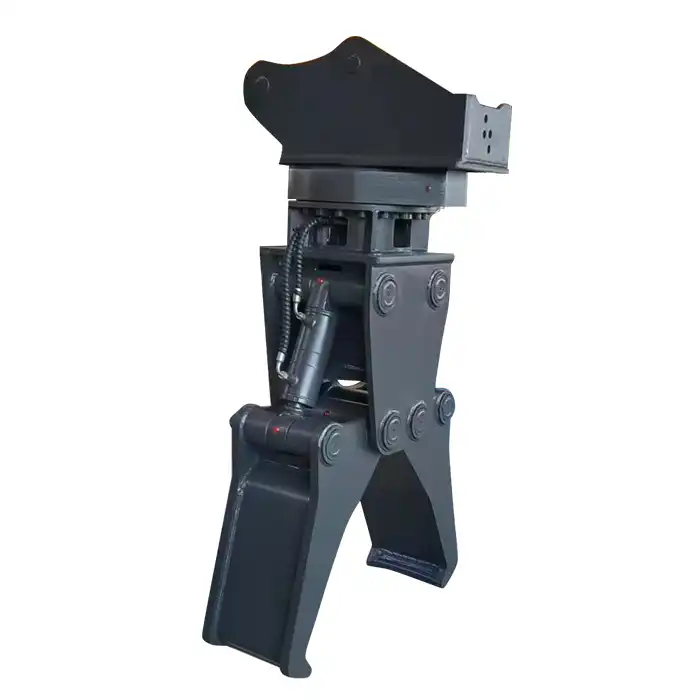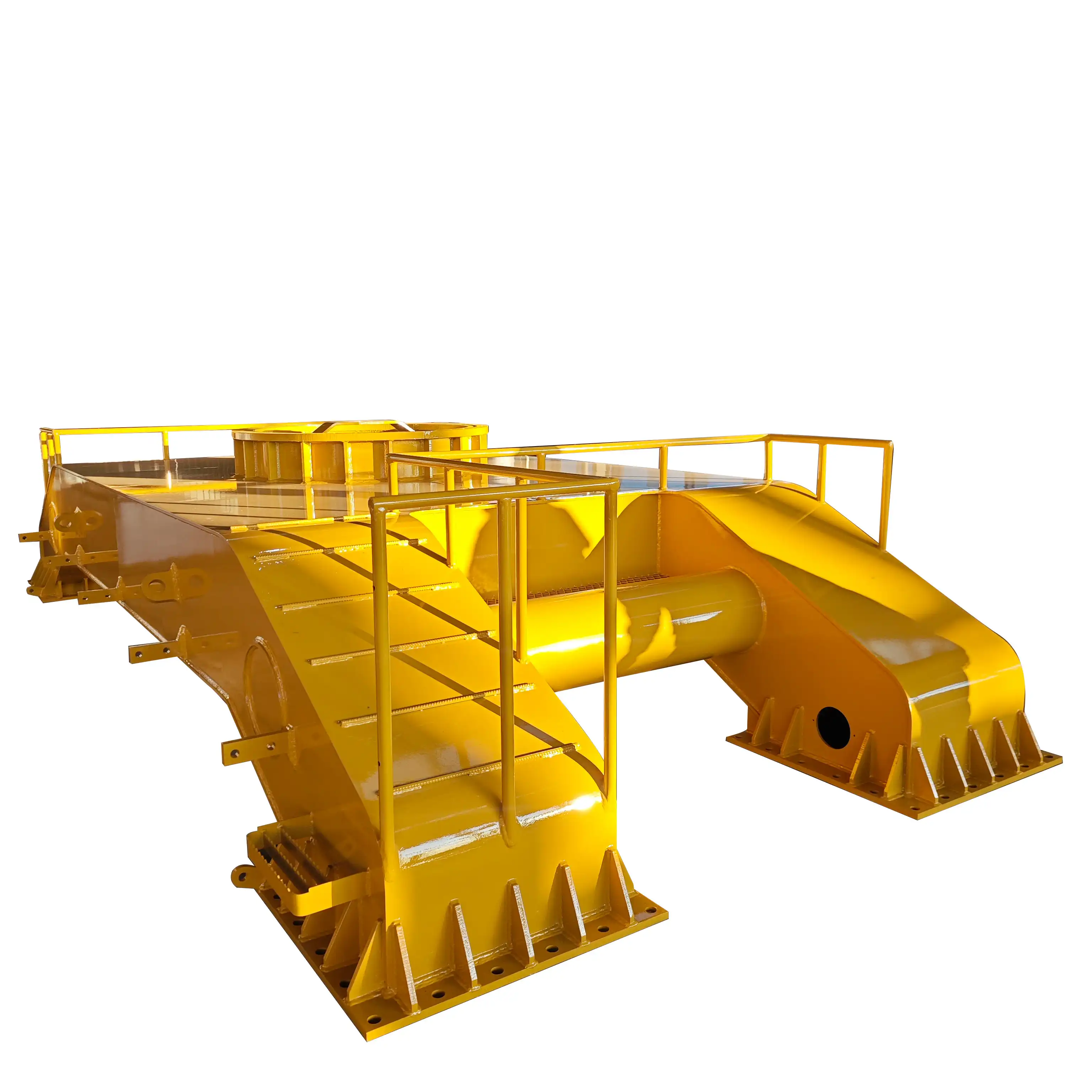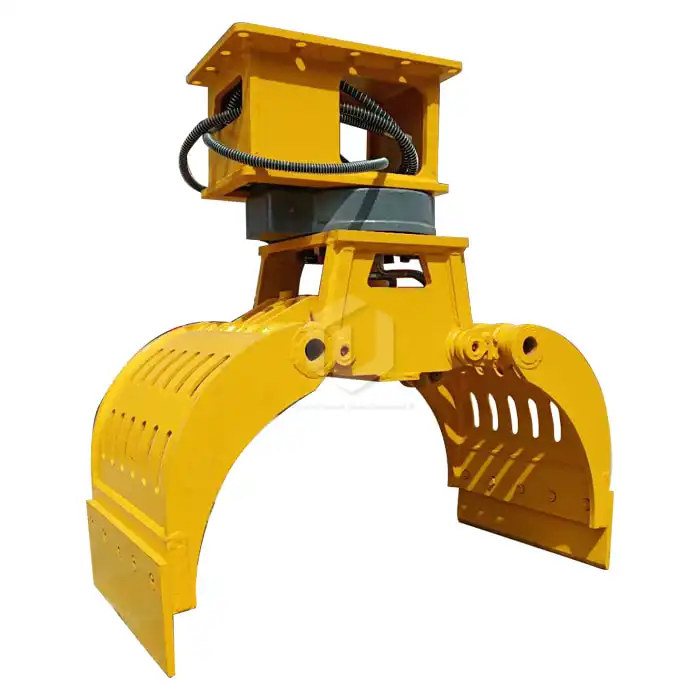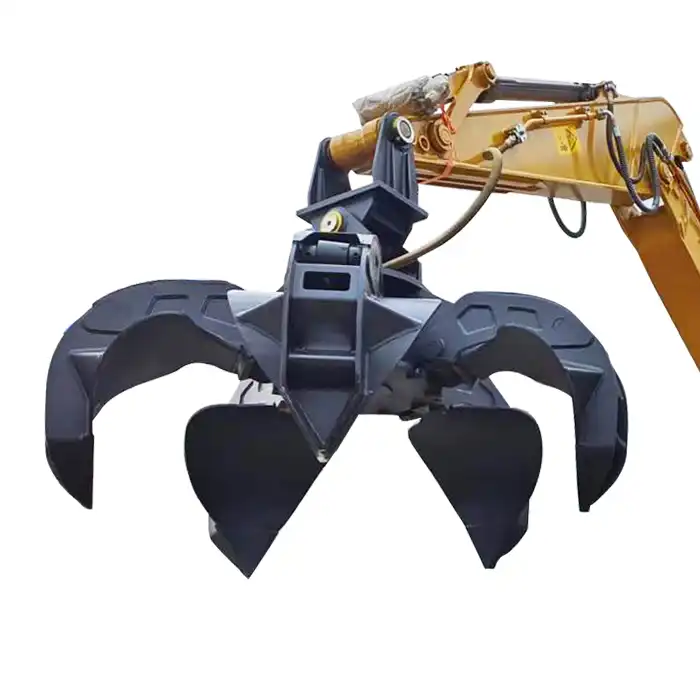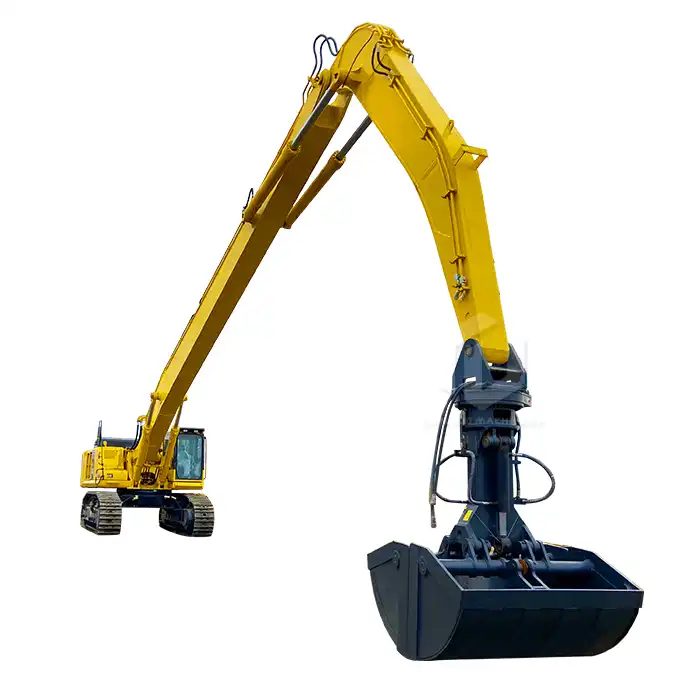How to calculate the gripping force of an excavator gripper?
Excavator grippers are essential attachments in construction and demolition projects, playing a crucial role in material handling and precision work. Understanding the gripping force of these tools is vital for optimizing performance and ensuring safety on job sites. This comprehensive guide will explore the concept of gripping force, methods for accurate measurement, and its relationship with excavator performance.
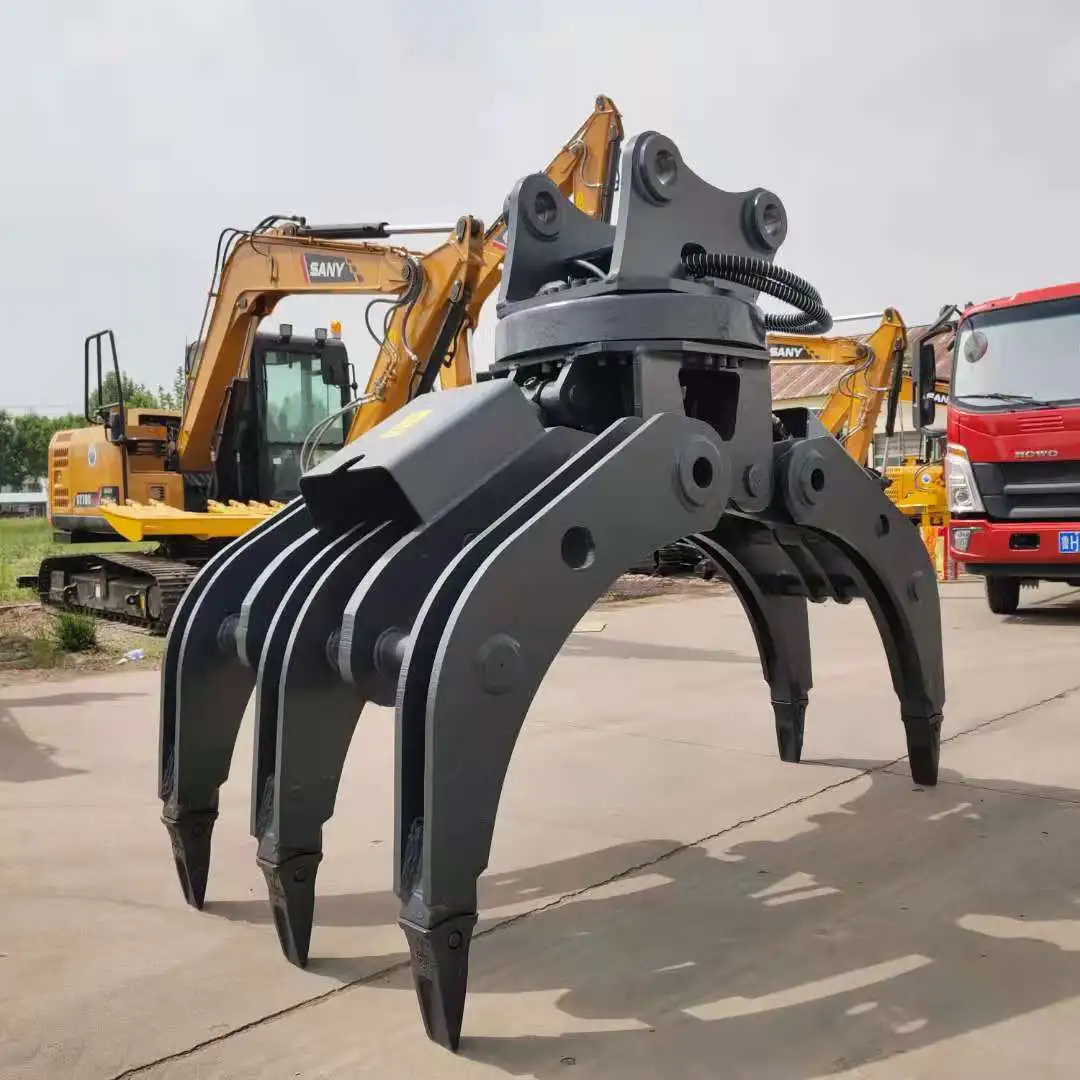
Concept of Gripping Force
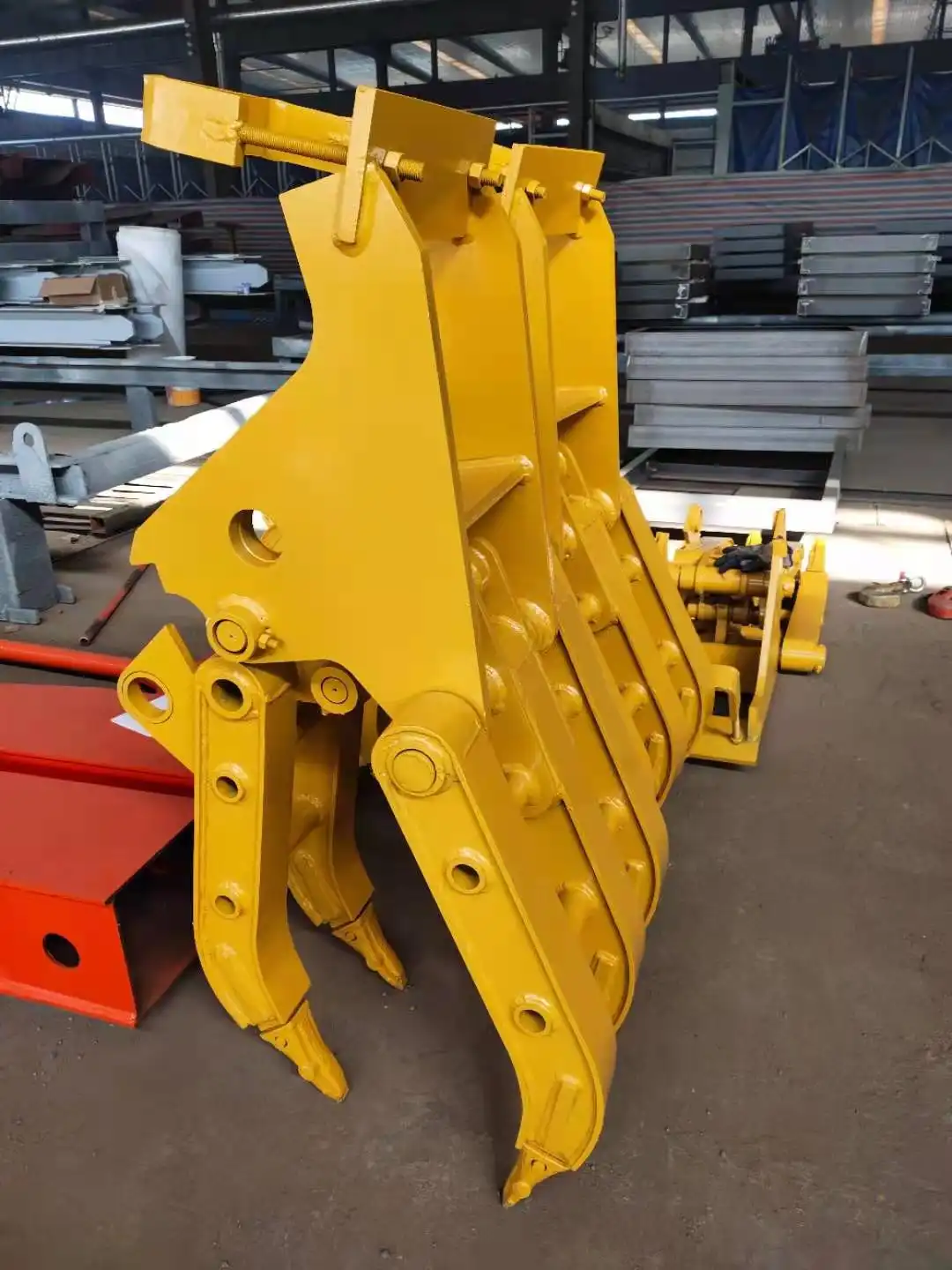
Gripping force, in the context of excavator grippers, refers to the mechanical pressure exerted by the gripper's jaws when closing around an object. This force is fundamental to the gripper's ability to securely hold and manipulate various materials, from debris and rocks to structural elements in demolition projects.
The concept of gripping force is rooted in basic physics principles. It's essentially a combination of the hydraulic pressure supplied to the gripper's cylinder and the mechanical advantage provided by the gripper's design. The force is typically measured in kilonewtons (kN) or pounds-force (lbf), giving operators and engineers a quantifiable metric to work with.
Several factors influence an excavator gripper's gripping force:
- Hydraulic System Pressure: The primary source of power for the gripper.
- Cylinder Size: Larger cylinders can generally produce more force.
- Gripper Design: The mechanical structure of the gripper affects force distribution.
- Material Properties: The gripper's construction materials impact its strength and durability.
Understanding these factors is crucial for both selecting the right excavator gripper for a job and operating it effectively. For instance, a gripper with a higher gripping force might be necessary for handling heavy, dense materials, while a lower force might suffice for lighter, more delicate tasks.
It's worth noting that while a higher gripping force can be advantageous in many scenarios, it's not always the sole determinant of a gripper's effectiveness. Factors such as precision control, adaptability to different materials, and overall durability are equally important considerations in real-world applications.
Methods for Accurately Measuring Gripping Force
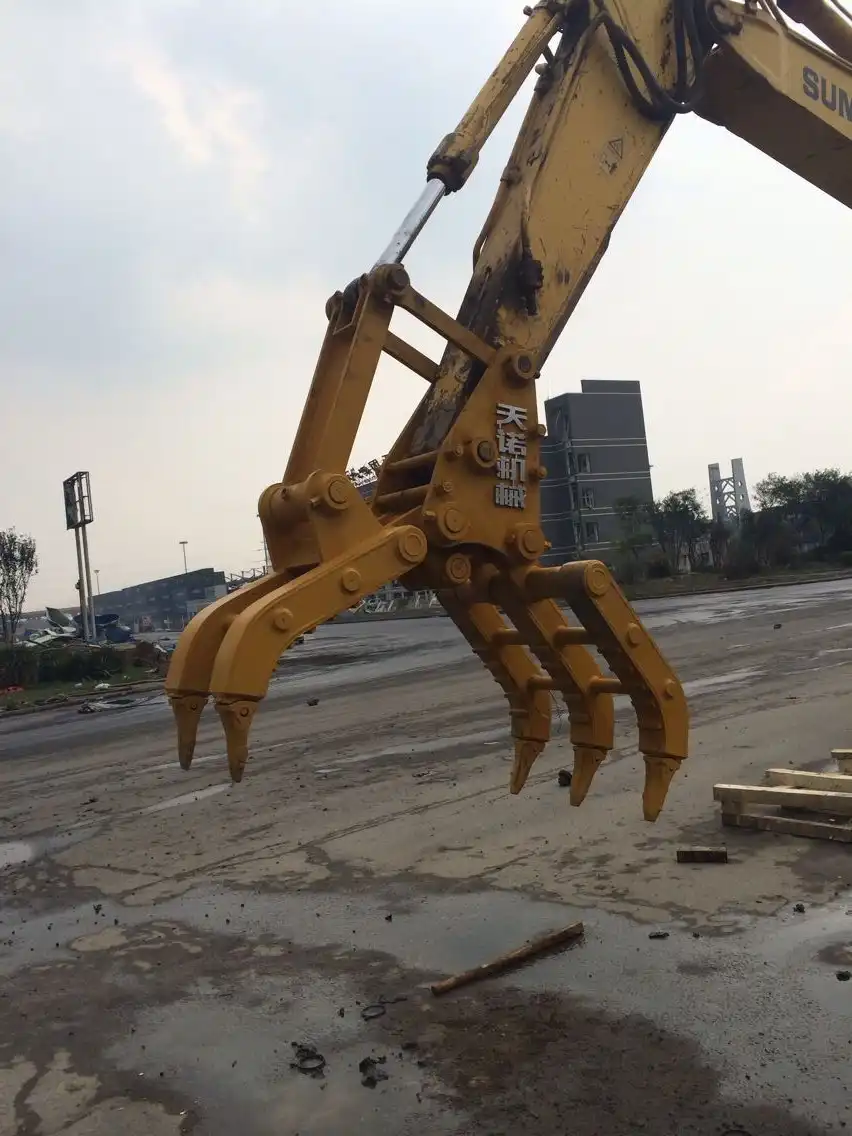
Accurate measurement of an excavator gripper's force is crucial for several reasons. It ensures that the equipment is operating within its designed parameters, helps in selecting the right gripper for specific tasks, and is essential for safety considerations. Here are some methods commonly used to measure gripping force:
1. Hydraulic Pressure Measurement
This method involves measuring the hydraulic pressure in the gripper's cylinder. By using a pressure gauge or transducer, technicians can determine the force being exerted. The formula for calculating force from pressure is:
Force = Pressure × Area of the cylinder piston
While this method is relatively straightforward, it doesn't account for mechanical losses in the system, which can lead to slightly overestimated force calculations.
2. Load Cell Testing
Load cells are precision instruments designed to measure force. In this method, a load cell is placed between the gripper's jaws. As the gripper closes, the load cell measures the actual force being applied. This method provides highly accurate results and is often used for calibration and verification purposes.
3. Strain Gauge Technology
Strain gauges can be attached to the gripper's structure to measure the minute deformations that occur when force is applied. These deformations are then converted into force measurements. This method is less intrusive than load cell testing and can provide continuous force monitoring during operation.
4. Dynamometer Testing
A dynamometer is a device that measures force, torque, or power. For excavator grippers, a specialized dynamometer can be used to simulate various load conditions and measure the gripper's force output across different scenarios.
5. Computational Methods
With advancements in computer-aided engineering, it's now possible to use finite element analysis (FEA) to simulate and predict gripping forces. While not a direct measurement method, this approach can be valuable in the design and optimization phases of gripper development.
When measuring gripping force, it's important to consider several factors that can affect accuracy:
- Temperature: Hydraulic fluid viscosity changes with temperature, affecting pressure and force.
- Wear and Tear: Over time, seals and mechanical components may degrade, impacting force output.
- Calibration: Regular calibration of measurement instruments is crucial for accuracy.
- Operating Conditions: Measurements should ideally be taken under various operating conditions to get a comprehensive understanding of the gripper's performance.
For the most accurate results, it's often best to combine multiple measurement methods. For instance, using both hydraulic pressure measurement and load cell testing can provide a more complete picture of the gripper's performance. Regular testing and measurement are also crucial for maintaining the excavator gripper's efficiency and safety over time.
Relationship Between Gripping Force and Excavator Performance
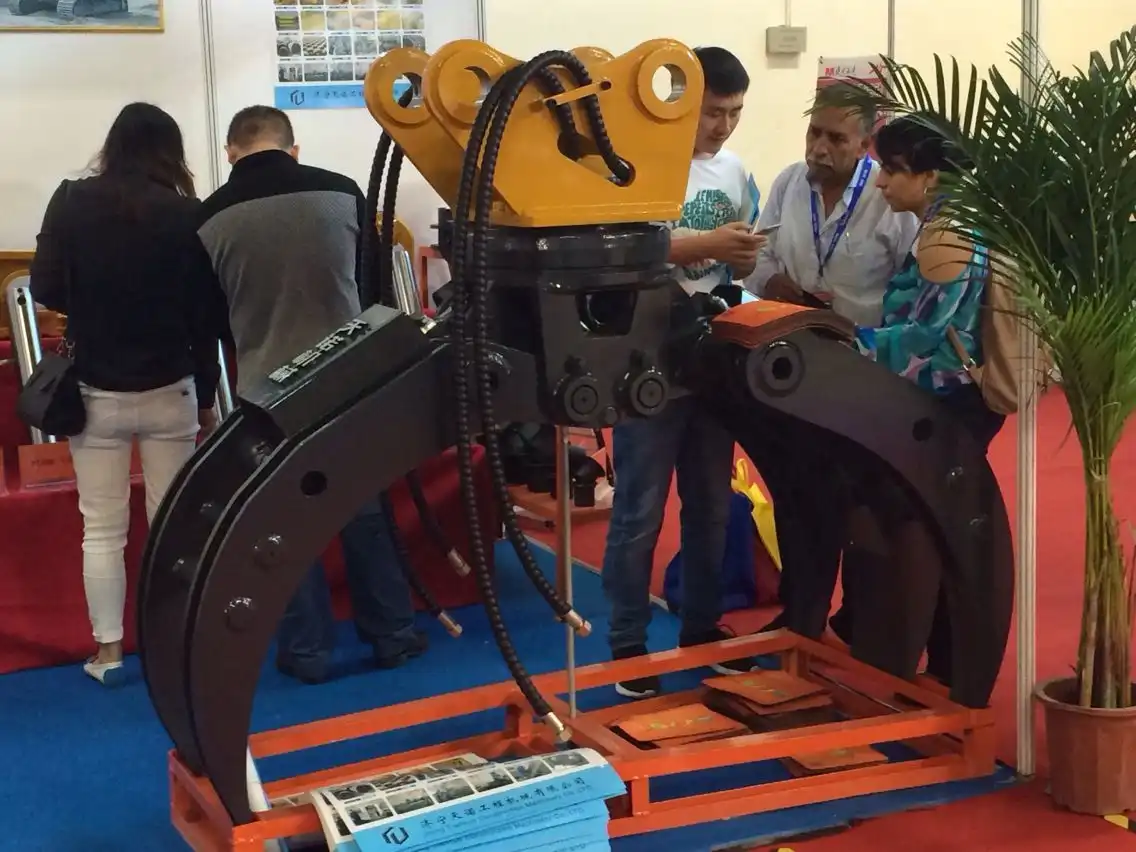
The gripping force of an excavator gripper is intricately linked to the overall performance of the excavator. This relationship is multifaceted, affecting various aspects of the machine's operation and efficiency. Understanding this connection is crucial for optimizing excavator use in different applications.
1. Material Handling Capacity
The gripping force directly influences the excavator's ability to handle different materials. A higher gripping force allows the excavator to securely hold heavier and denser materials, expanding the range of tasks it can perform. For instance, in demolition work, a stronger grip enables the excavator to manipulate larger concrete pieces or steel structures more effectively.
2. Operational Efficiency
An appropriately matched gripping force can significantly enhance operational efficiency. If the force is too low, operators may need to make multiple attempts to secure a load, wasting time and fuel. Conversely, excessive force can lead to unnecessary strain on the hydraulic system and potential damage to handled materials, especially in more delicate operations.
3. Precision and Control
While high gripping force is often desirable, it must be balanced with the need for precise control. In scenarios requiring delicate handling, such as in archaeological excavations or when working around utilities, the ability to finely adjust the gripping force is crucial. Advanced hydraulic systems that allow for variable force control can significantly enhance an excavator's versatility.
4. Energy Efficiency
The gripping force requirement directly impacts the excavator's energy consumption. Higher forces demand more hydraulic pressure, which in turn requires more engine power. This relationship means that optimizing gripping force for specific tasks can lead to improved fuel efficiency and reduced operational costs.
5. Wear and Tear
The gripping force also affects the longevity of the excavator and its attachments. Consistently operating at maximum force can accelerate wear on hydraulic components, seals, and mechanical parts of the gripper. Understanding the optimal force range for different tasks helps in maintaining equipment and reducing downtime.
6. Safety Considerations
Adequate gripping force is essential for safe operations. Insufficient force can lead to dropped loads, posing significant safety risks on job sites. Conversely, excessive force can cause material failure or unexpected breakages, especially when handling brittle materials.
7. Adaptability to Different Tasks
The ability to adjust gripping force allows an excavator to adapt to a wide range of tasks. From delicate sorting operations to heavy-duty demolition work, a well-designed gripper with variable force control enhances the excavator's versatility, potentially reducing the need for multiple specialized attachments.
8. Productivity Metrics
In many industries, productivity is measured in terms of material moved or processed per hour. The right balance of gripping force contributes significantly to these metrics. It allows for faster cycle times in loading and unloading operations, more efficient material sorting, and quicker completion of demolition tasks.
To optimize the relationship between gripping force and excavator performance, consider the following best practices:
- Regular Maintenance: Keep the hydraulic system and gripper mechanism well-maintained to ensure consistent force output.
- Operator Training: Ensure operators understand how to adjust and use the gripper effectively for different materials and tasks.
- Task-Specific Setup: Configure the gripper's force settings based on the specific requirements of each job.
- Monitoring and Feedback: Implement systems to monitor gripping force during operations, providing real-time feedback to operators.
- Periodic Performance Reviews: Regularly assess the excavator's performance in relation to its gripping capabilities, making adjustments as necessary.
By carefully considering the relationship between gripping force and overall excavator performance, operators and project managers can significantly enhance productivity, safety, and efficiency across a wide range of applications.
Excavator Gripper Suppliers
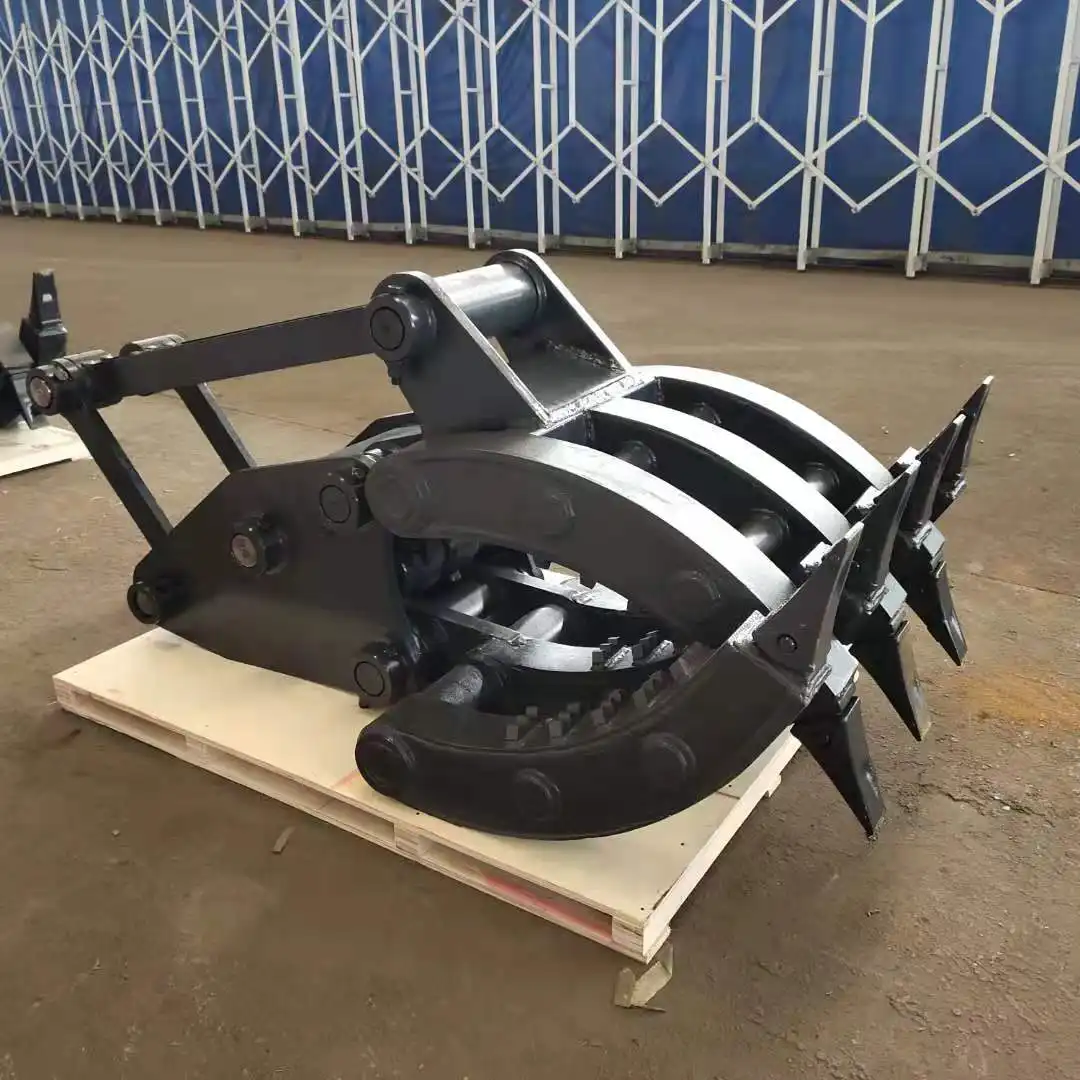
Understanding the intricacies of excavator grippers, from their gripping force to their impact on overall excavator performance, is crucial for making informed decisions in construction and demolition projects. The right gripper can significantly enhance productivity, safety, and efficiency on job sites.
Tiannuo offers high-quality excavator grippers designed to meet diverse operational needs.
Our excavator grippers are versatile, finding applications in excavation, demolition, ore extraction, and slope cleaning operations. To ensure longevity and optimal performance, we recommend regular maintenance, including checks on fasteners, proper lubrication, and performance evaluations.
If you're in the market for a reliable excavator gripper supplier, we invite you to reach out to our team. Our experienced managers are ready to assist you in finding the perfect solution for your specific needs. Contact our manager at arm@stnd-machinery.com, or get in touch with our team members at rich@stnd-machinery.com and tn@stnd-machinery.com. Let Tiannuo be your partner in enhancing your excavator's capabilities and efficiency.
References
Construction Equipment Guide. "How to Choose the Right Attachment for Your Excavator." Accessed 2023.
Equipment World. "Excavator Attachments: Which is Right for Your Job?" Accessed 2023.
Machinery Trader. "Fixed vs. Rotating Grapples: Which One is Right for You?" Accessed 2023.


